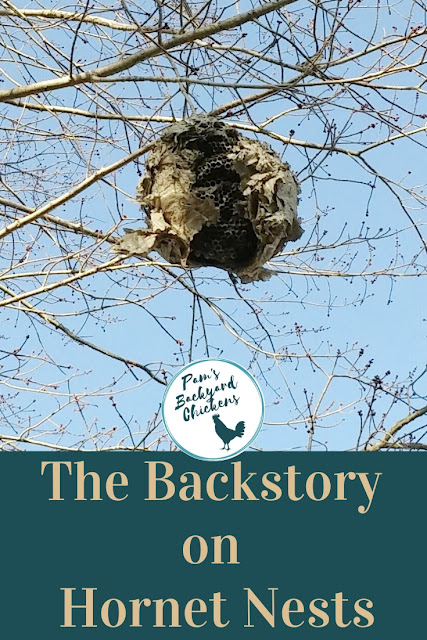What Are Bald-Faced Hornets?
Bald-faced hornets are actually not true hornets, they are a member of the yellowjacket wasp family although they are less aggressive than yellowjackets themselves. Their colonies consist of a queen and worker wasps and number anywhere from 400 to 700 members. The bald-faced hornet is mainly black in color with white on its face, thus giving it its name, and three white stripes on the abdomen.
Their nests on the inside consist of hexagonal combs where the larvae are raised. Those combs are covered in thin paper strips. The interesting thing about these strips is they are actually made by the workers going out and chewing wood fibers then mixing them with saliva to form a pulp which they work into thin strips with their mandibles and legs. If you look closely at a nest, you'll see differences in the color and texture of the paper strips. That's caused because the pulp used to build the nest comes from many different local sources. Each different tree, bush or plant used creates a different color and texture.
These hornets can be found throughout the country. They start their nests around March to May depending on their location. The nests are generally active for around five months, again depending on the weather and location. During the active phase, new eggs are laid and hatched, the larvae are raised and they become adults. In late summer or early fall, the queen lays a special set of eggs which become drones and queens. This group flies away from the nest to mate and then they overwinter in forest leaf litter. The rest of the colony and its queen die before the first frost hits. But those that overwinter will wake up in spring and start colonies of their own.
Do you see hornet nests around your homestead in winter?





No comments:
Post a Comment